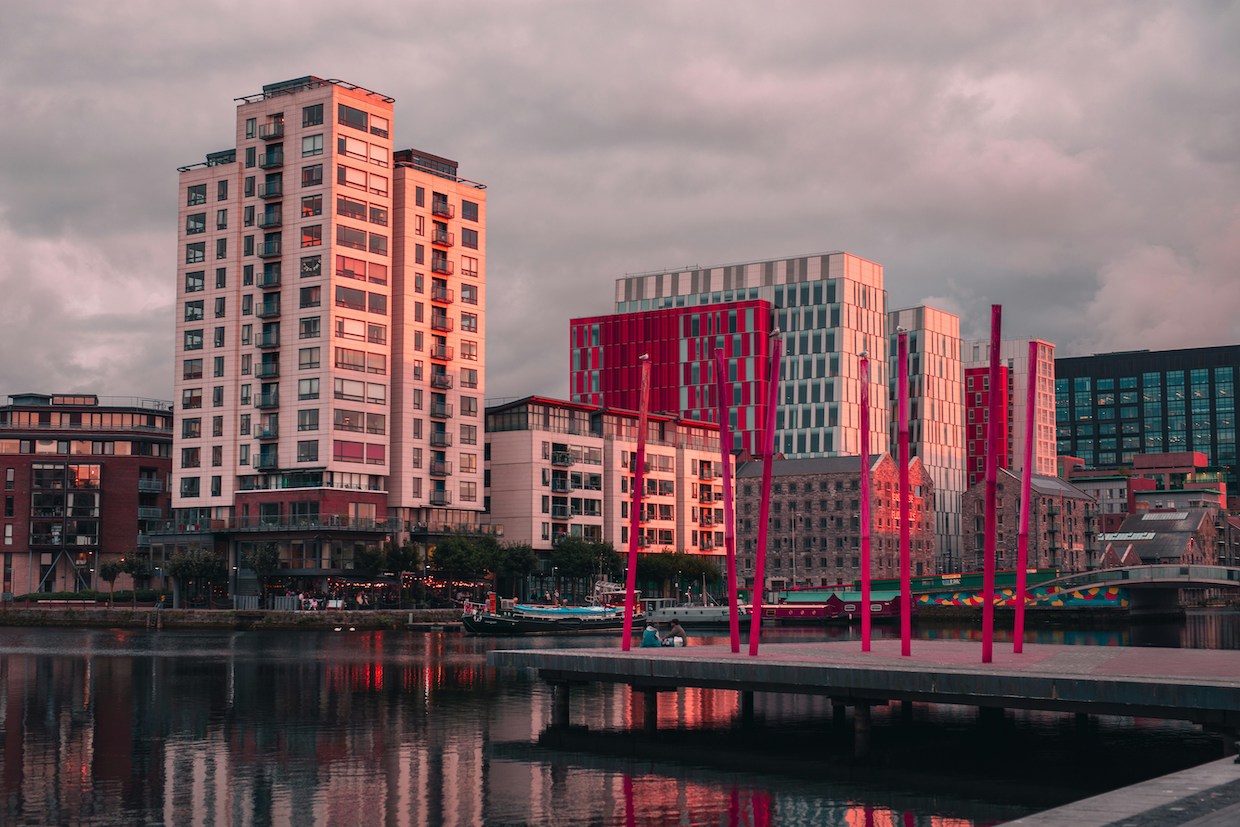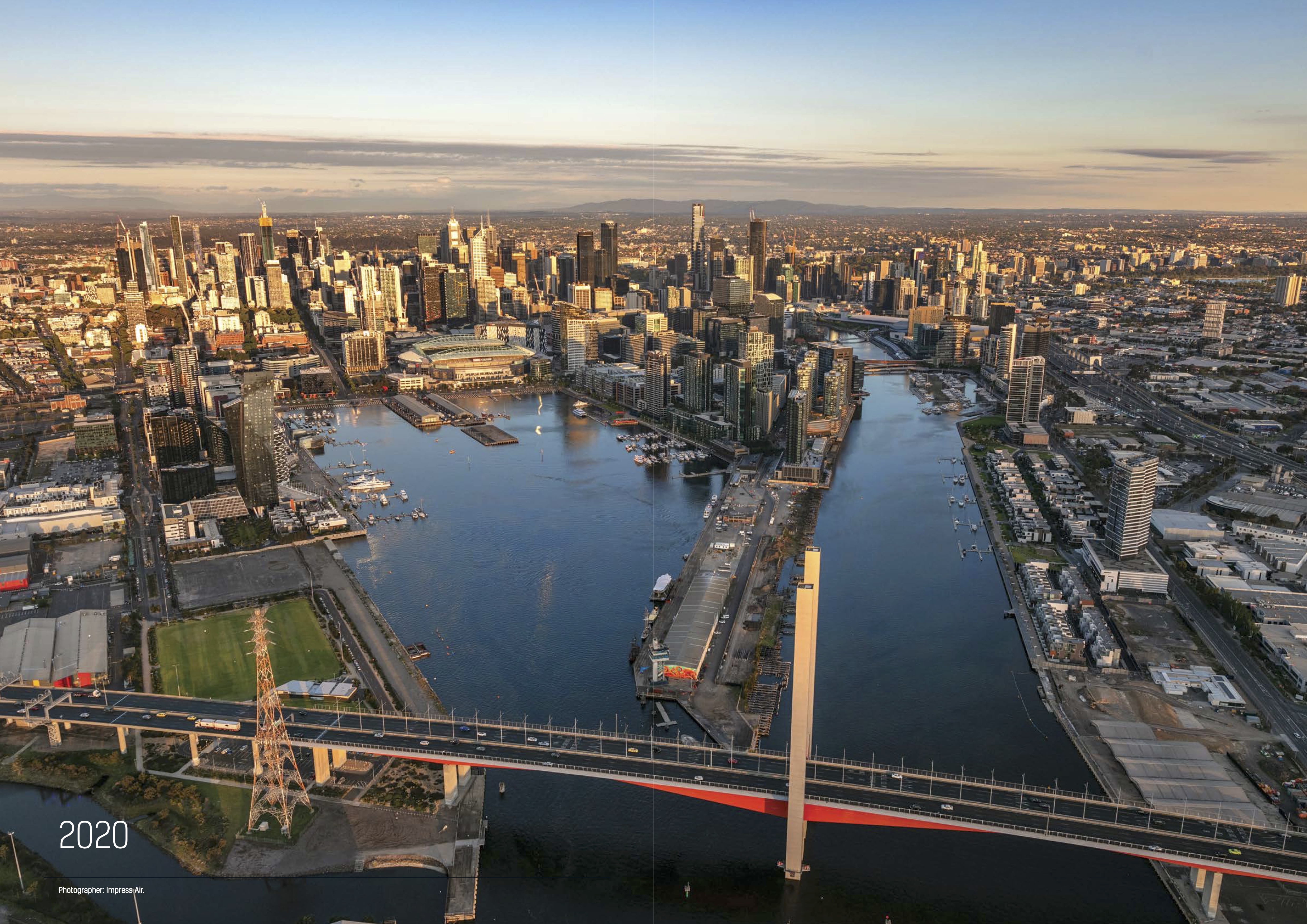Density & the city: Global cities show how to deliver more homes in desirable inner-city areas
.jpg)
Density & the city: Global cities show how to deliver more homes in desirable inner-city areas
The NSW Productivity Commission urged a radical overhaul of existing housing policies. Last year, in its first of two papers, it examined ways to tackle housing affordability (‘Building more homes where people want to live’). It asserted that current policies make housing scarce, create higher rental and sales prices. And encourages suburban fringe development. Which is at the expense of more desirable, cheaper-to-service inner city development.
It recommended three measures to alter this situation:
- Increase height limits in suburbs near the CBD.
- Permit higher densities around transport hubs.
- Support medium-density development/dual-occupancy uses where greater density is inappropriate.
In theory, these measures are logical. As they have a provable track record in other cities globally which face similar issues to NSW.
Vancouver, Canada – Increased height limits in suburbs near the CBD
In the 1990s, Vancouver, Canada doggedly implemented densification measures. It increased height limits within and around its downtown (CBD) and transit corridors. A new term was even coined to describe this approach. “Vancouverism” which characterises tall buildings with a wide commercial base. As well as slim high-rise residential towers surrounded by green space.
Vancouversim responded to high immigrant-fuelled population growth and escalating housing unaffordability. It delivered dense housing-dominated development where people wanted to live. Whilst capitalising on existing public transport links. Today, Vancouver is Canada’s densest city. With 5% of the city focussed on residential high rises in the CBD and surrounding areas. And in a sensitive way has avoided NIMBYism as existing residents were supportive.
Vancouversim’s planning and design model consolidated sensitive high-rise density around the downtown area. It has inspired many imitators like San Francisco, Toronto. And a near identical downtown precinct in Dubai. Will Sydney soon be another?

Source: Glotman Simpson, 2010. Accessible from: Vancouverism: hybridisation and spread of an urban model – Métropolitiques (metropolitiques.eu)
London, United Kingdom – Higher densities around transport hubs
London’s guiding planning document is the London Plan 2021. This centres on new housing delivery in ‘Opportunity Areas’ which concentrate high density. These are Transport-oriented Developments (TODs) organised around major transport nodes. And with scope for regeneration and intensification.
Examples include:
- Old Oak Common – an industrial area redeveloped for residential and commercial use. Built around a new station which will connect a HS2 (High Speed 2) rail line under construction. This will link London to Birmingham using the new Elizabeth Line (London’s new east-west rail link). As well as linking to other existing overground and underground lines. Densities will average 550 dwellings per hectare – up to 10 times denser than is typical.
- Olympic Park Stratford – once a degraded and derelict industrial area. But reinvigorated and redeveloped to host the 2012 Olympic Games. With more high-rise housing, commercial and cultural amenities built since the games. A large train station has been the catalyst for the precinct. Providing connections to the Elizabeth Line, intra and inner-city overground and underground links. Since 2012 over 12,000 homes built in this Opportunity Area with a further 20,000 planned.
- White City – a 40-ha precinct undergoing redevelopment since the BBC vacated in 2012. The BBC anchored in the precinct since the 1960s. The redevelopment has capitalised on the ability to build tall. Coupled with the high connectivity provided by White City station. And with the added draw card of having access to Europe’s largest shopping centre – Westfield White City. Since 2012 it has created 5,000 homes and 232,000sqm of office space. As well as creating university space and 6,400 life science-focused jobs.
London’s new housing delivery has consistently undershot targets over the last decade. But densification around TODs has been a bright spot. It has delivered most of the homes built since implementation. Sydney is right to emulate this approach.

Source: London Legacy Development Corporate, 2023. Accessible from: Future developments | Queen Elizabeth Olympic Park
Portland, USA – Medium-density infill
Portland, Oregon, has long faced housing affordability issues. With limited housing choice, low availability and some of the fastest rising rents nationwide. Beginning in 1993, State planning set a mandate to all municipalities. They were to permit at least one Accessory Dwelling Unit (ADU) per single detached dwelling. With ADUs defined as any smaller secondary dwelling on the same lot. These are typically not sold separately. And often used for family members or rented out.
ADUs aim to:
- increase density in single-family neighbourhoods without changing their character or antagonising NIMBYs.
- provide options for downsizing, ageing in place and multi-generational households.
- combat urban sprawl.
- create more affordable housing options in high demand areas.
- provide cost-effective development opportunities for homeowners to generate income. Which helps to offset higher living costs in gentrifying neighbourhoods.
Have ADUs worked? Yes, in the eyes of the government. The number of ADUs is small and equal to under 1% of the city’s total housing stock. But they’re perceived as having had a meaningful impact. Especially on diversity choice and affordability.
In 2021, the city government approved the “Residential Infill Project”, to further liberalise residential zoning. Single-dwelling zones were created to permit multiple ADUs, duplexes, triplexes, fourplexes. Including cottage clusters (groups of small homes organised around shared common space).
Medium density infill is insignificant at an aggregate level. But can be quite significant in all types of local neighbourhood areas. And could play a vital role in Sydney, improving housing choices and affordability.

Source: City of Portland, 2024. Accessible from: Accessory Dwelling Units (ADU) | Portland.gov
Conclusion – Multiple moves are necessary
The NSW Productivity Commission’s three recommendations encourage new housing. Especially in areas where people want to live. These recommendations imitate successful strategies from Vancouver, London and Portland. Which all have grappled with similar challenges.
Each city adopted multiple approaches. And it was their collective impact that brought about change. Rather than any one approach in isolation. All three cities used a combination of these approaches. Which included high-densities near CBDs, high-densities on TODs and small-scale urban infill elsewhere. Affordability issues in these cities do continue. But it would be far worse without these proactive actions.
Cities are diverse, with many neighbourhoods experiencing unique housing challenges and opportunities. To drive real change, adopting multi-faceted strategies is key. This is an effective way to acknowledge the local conditions. And enable different responses in different neighbourhoods.
Related posts
Dive deeper into insights that matter to you.

The Election and Housing: Ireland’s Wake-Up Call for Oz

Australia’s Visitor Economy Rebounds: Insights from 2024-2025 ABS Data

Australian Data Centres: The State of Play for this Critical Sector

30 Years On: Has Docklands Been A Success?
Make smarter decisions
Get in touch with the Team to get an understanding of how we transform data into insightful decisions. Learn more about how Atlas Economics can help you make the right decisions and create impact using our expertise.
